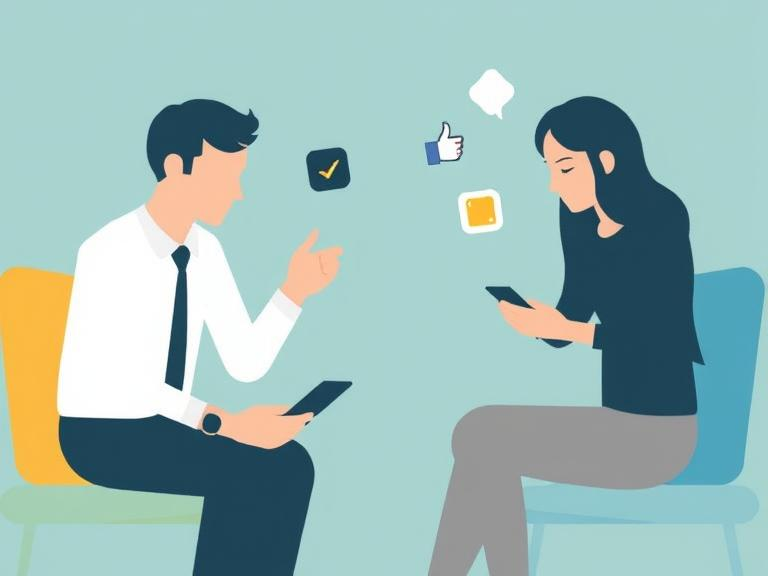Your basket is currently empty!
How Gadgets Affect Social Relationships

Gadgets have completely changed the way we interact with others, for better and for worse. Smartphones, tablets, and wearables allow us to stay constantly connected through messages, calls, and social media. But this digital connection sometimes comes at the cost of real-life interaction.
One positive effect is that gadgets help maintain long-distance relationships. Families separated by geography can video call, share photos instantly, and feel close despite the distance. Friendships can be sustained through group chats, and online communities allow people to find like-minded individuals they might never meet in person.
However, gadgets can also create emotional distance between people who are physically present. It’s now common to see groups of friends or families sitting together, each absorbed in their own screen. This behavior, known as “phubbing” (phone snubbing), can weaken bonds and reduce the quality of personal interactions.
Social media, while a form of connection, can also create feelings of loneliness, jealousy, and inadequacy. Seeing curated highlights of others’ lives can distort reality and make people feel less satisfied with their own experiences.
Moreover, relying on gadgets for communication may affect emotional intelligence. Tone, facial expressions, and body language are often lost in text-based messaging, which can lead to misunderstandings and reduced empathy.
Despite these concerns, gadgets are not the enemy of connection. When used mindfully, they can support and strengthen relationships. The challenge is to use gadgets to enhance real-world connection—not replace it.
Leave a Reply